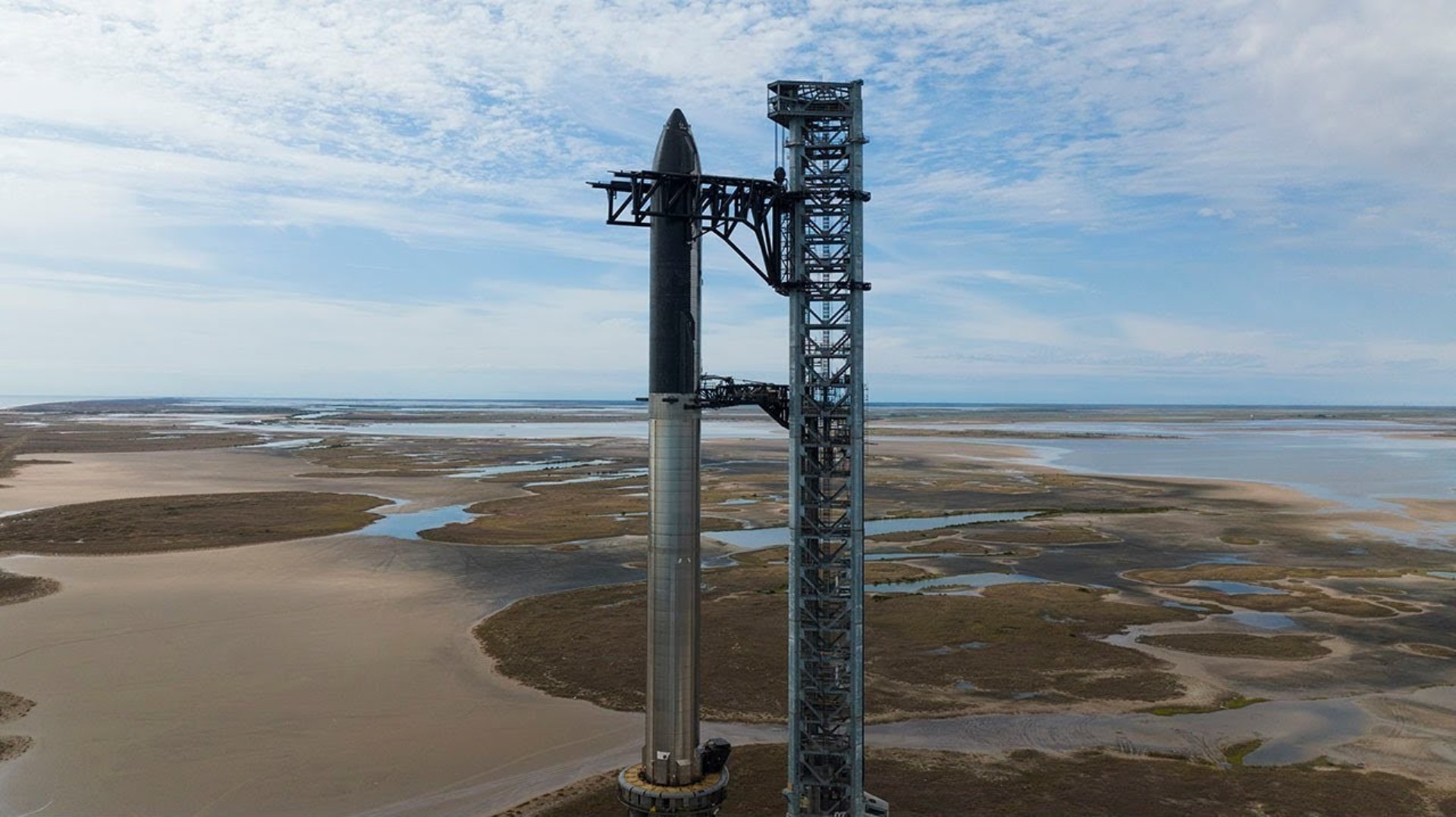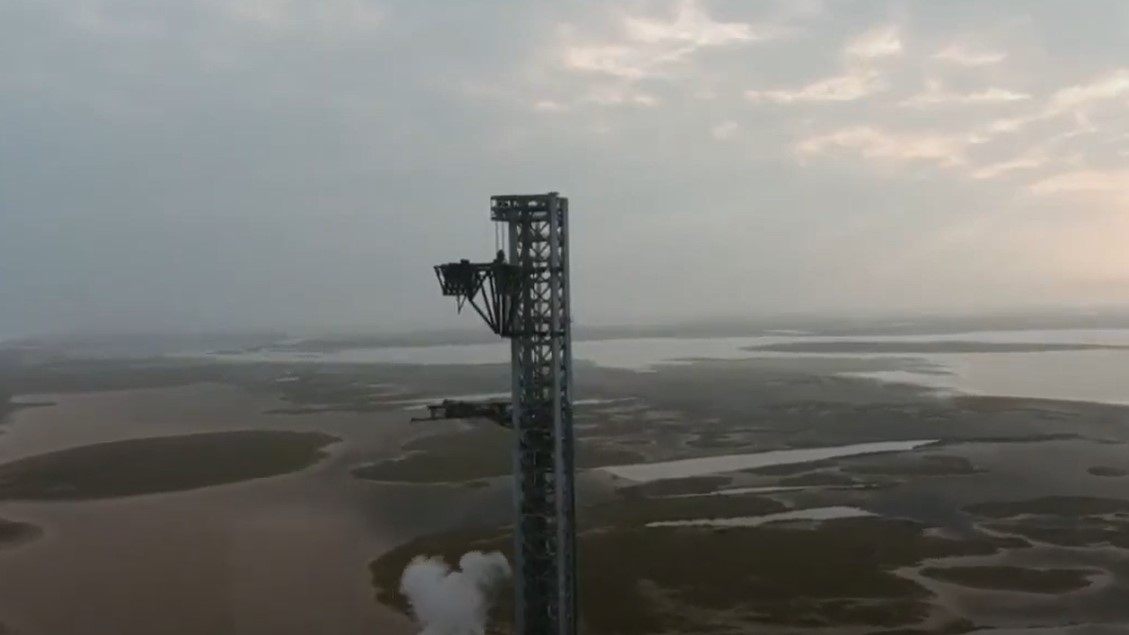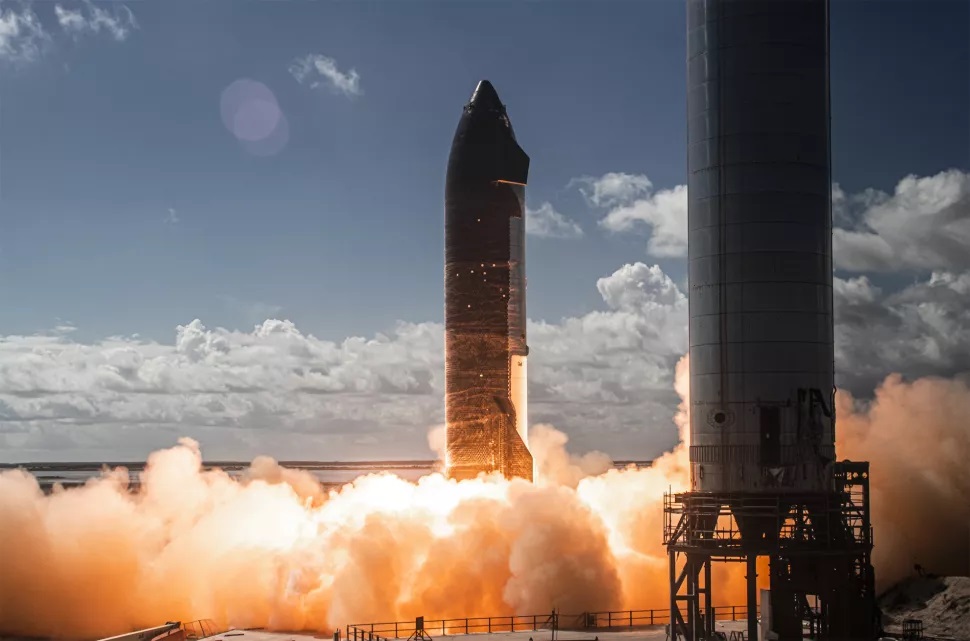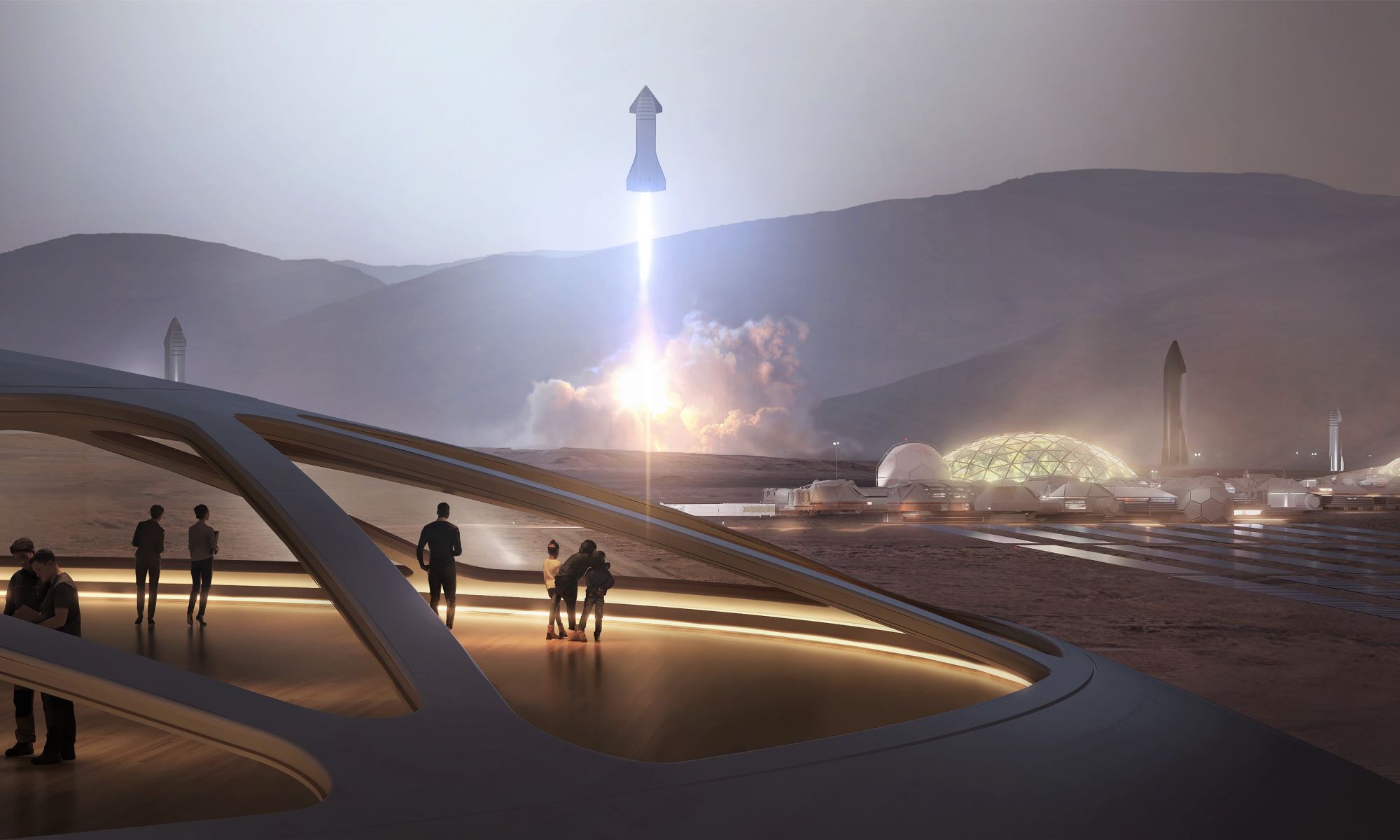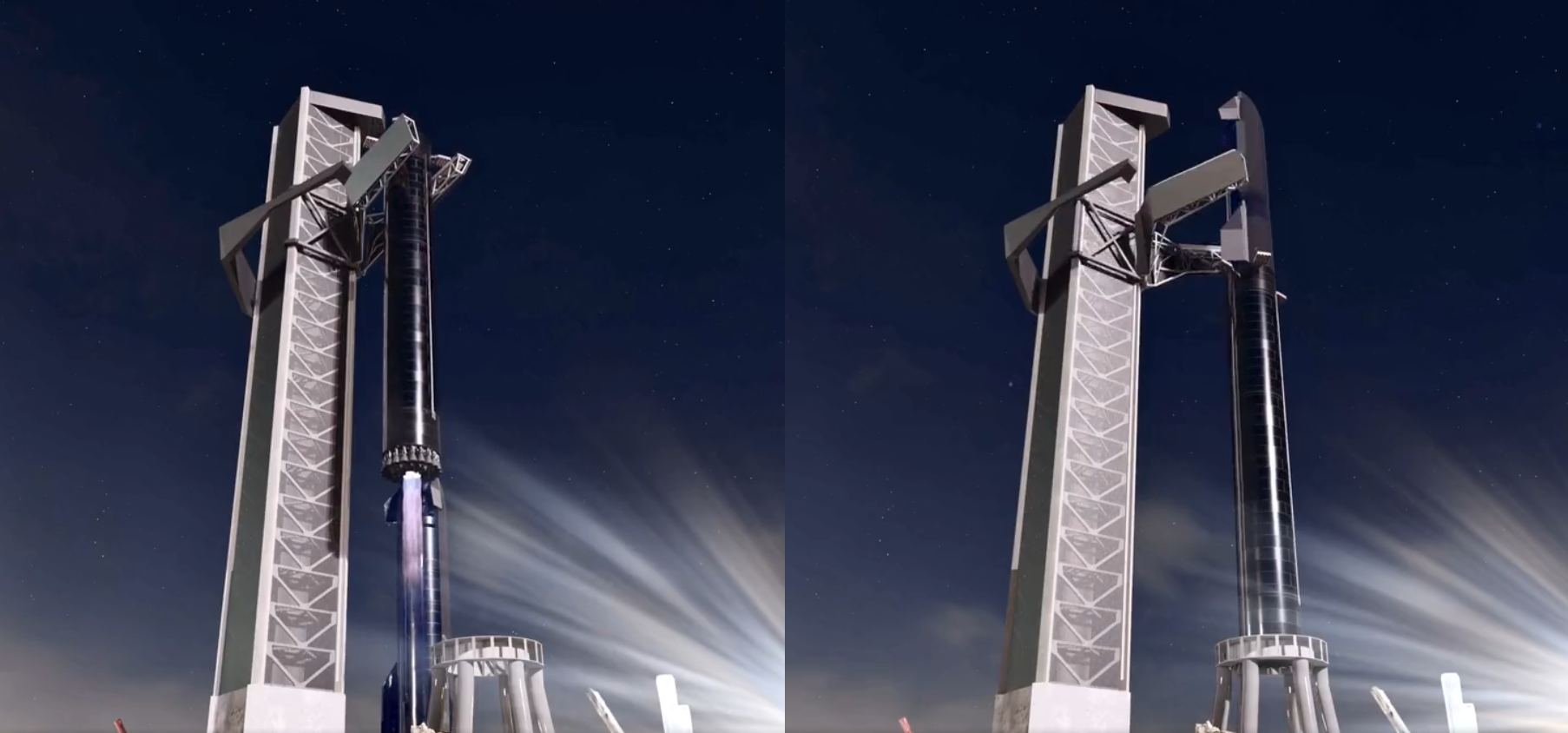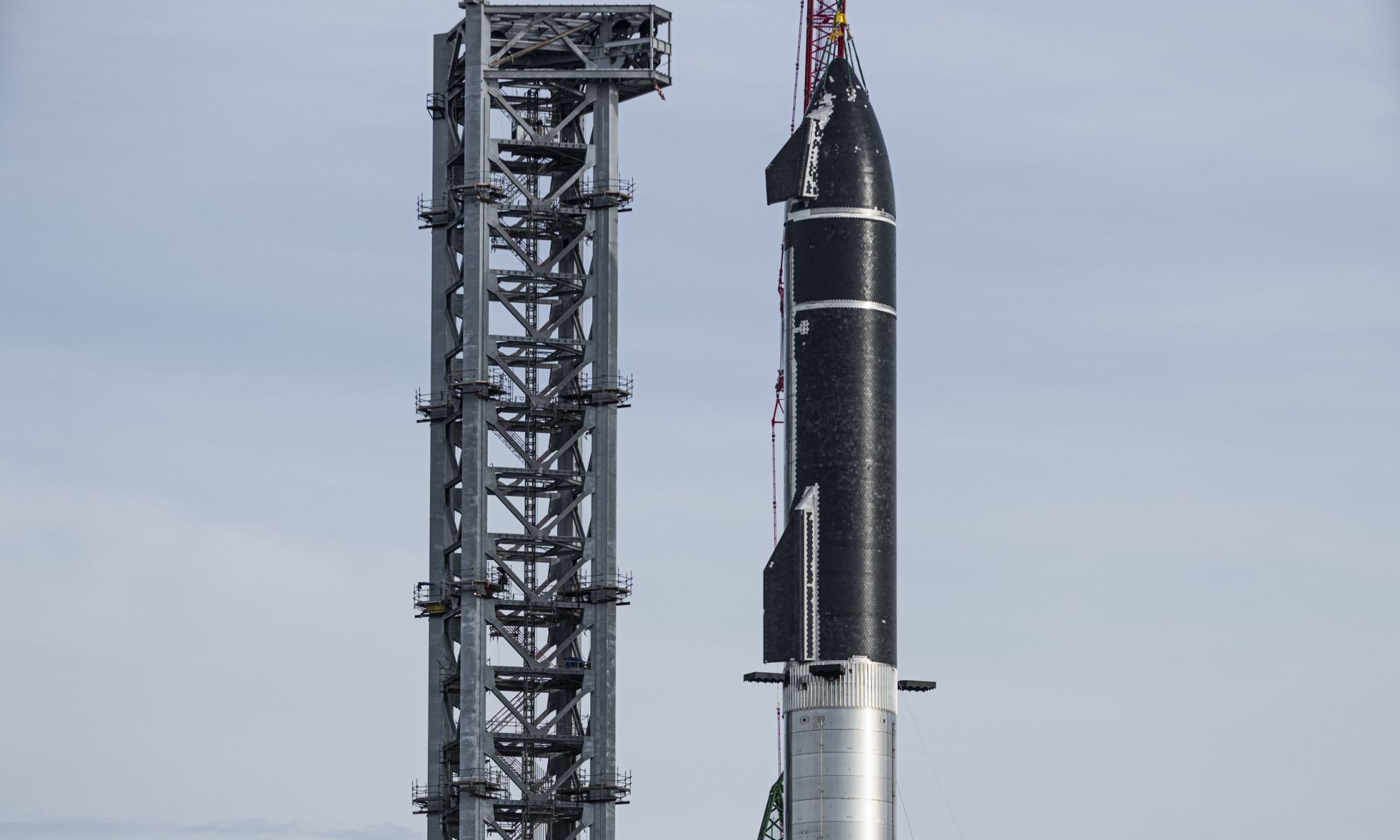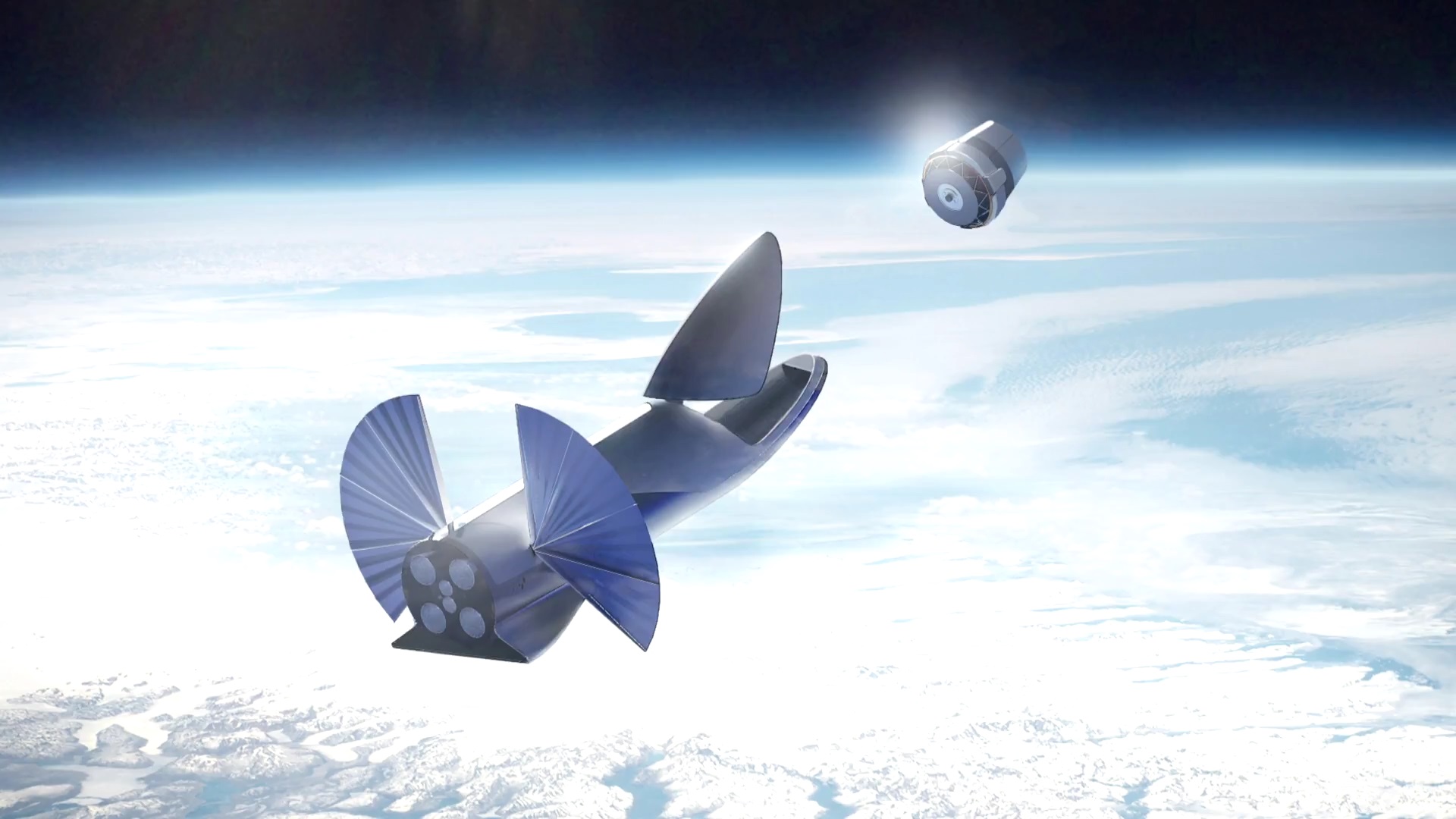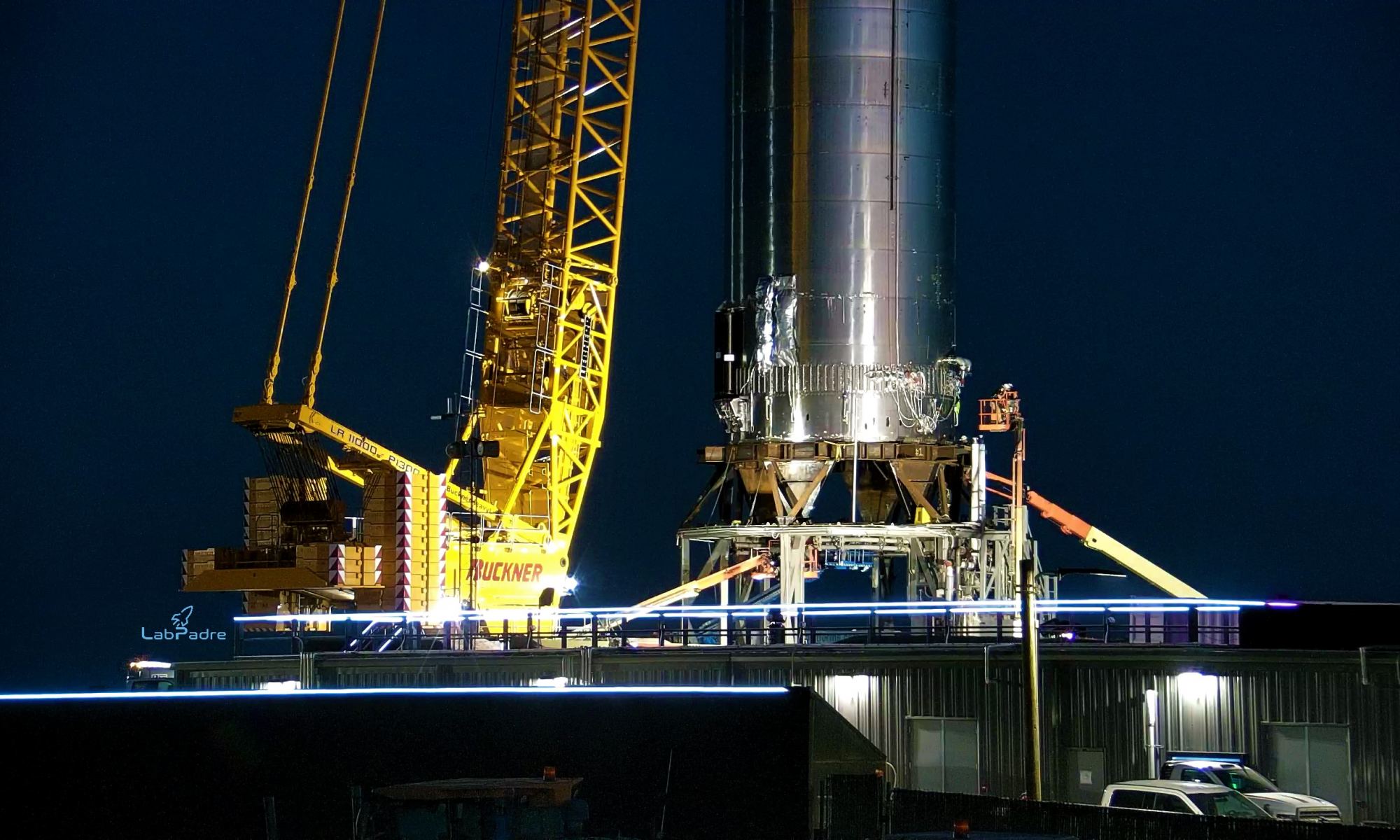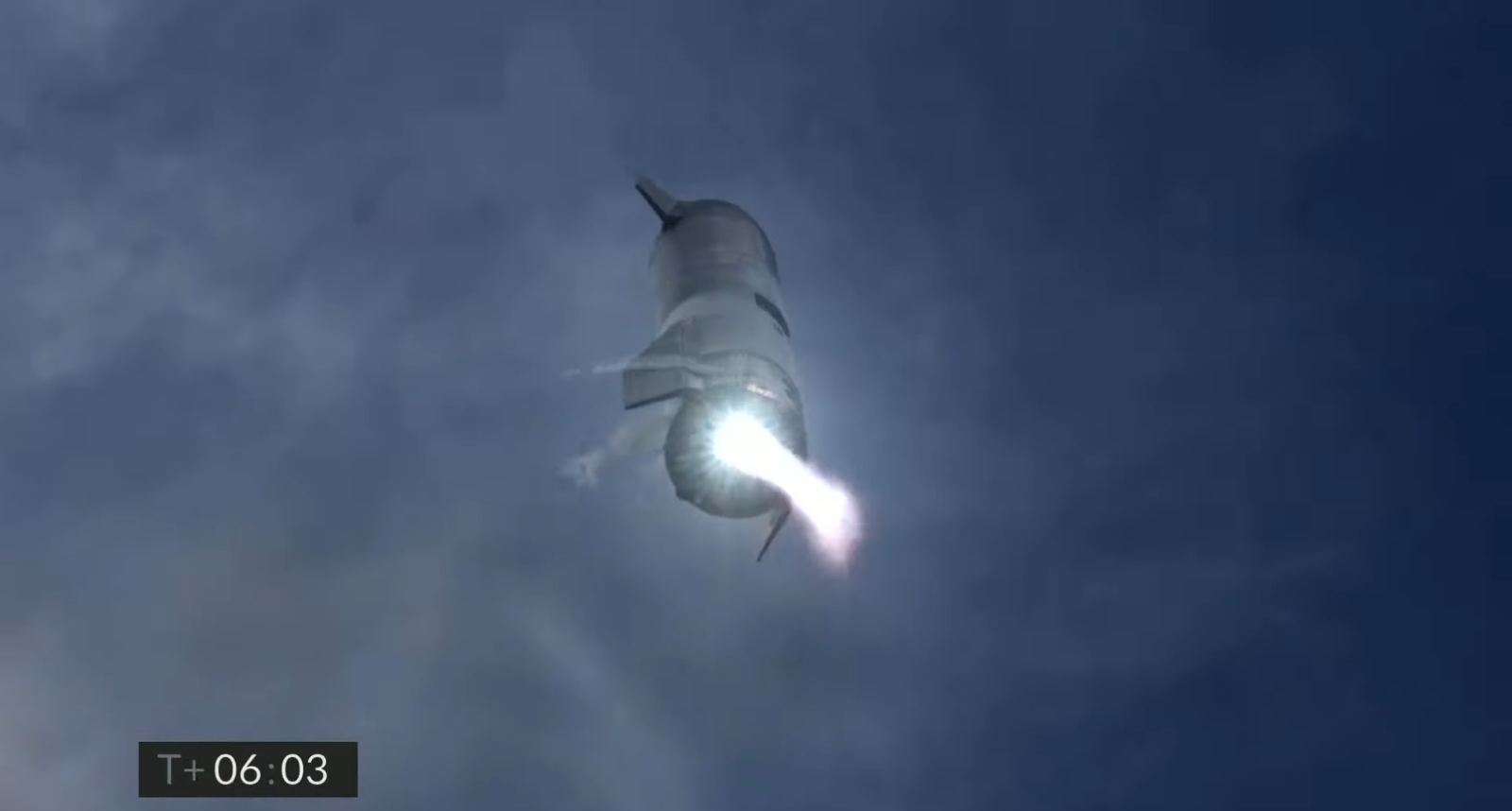SpaceX CEO Elon Musk delivered a long-awaited, live-streamed update on his plans for launching the world’s most powerful rocket, with the spotlighted backdrop of a freshly stacked Starship and Super Heavy booster standing on the launch pad at the company’s Starbase facility in South Texas.
The Starship project is key to Musk’s plans to send thousands of settlers to Mars and make humanity a multiplanet species. It’s also key to his plans to put thousands of satellites in Earth orbit for SpaceX’s Starlink broadband network, which is supposed to bring in the money needed for Mars missions.
And as if all that’s not enough, Musk expects Starship to revolutionize space travel and society in ways that can’t be foreseen. “When you have an utterly profound breakthrough, the use cases will be hard to imagine,” he told hundreds of attendees during the Feb. 10 presentation at the Boca Chica base.
Musk exhibited his trademark optimism about the launch system’s development schedule, saying that the Federal Aviation Administration could give its go-ahead for the first Starship orbital launch from Texas as soon as next month. But he said there was a Plan B in case that approval didn’t come soon.
Continue reading “Elon Musk Takes the Long View in Glitzy Update on SpaceX’s Starship Super-Rocket”
